Our community has suffered through some of the most shocking and horrific events imaginable in recent weeks. The worst mass shooting in recent U.S. history, the murder of a nationally renowned singer and an alligator attack of a child all happened right here in the greater Orlando area. No doubt these tragedies have both jolted and united this resilient community, leaving our friends and neighbors searching for answers.
Because all of these tragedies occurred on business premises, one question firms around the state are asking is, “What can I do now to better protect my customers and employees?”
Among other things, firms should consider these three actions:
1. Develop an emergency action plan: Firms first should identify the possible future threats to employee and customer safety, such as extreme weather, fire, potentially unsafe conditions on the premises and workplace violence — including active shooter and hostage situations. Firms then can evaluate how to minimize those threats and their effects. Some examples include improving evacuation route accessibility for both disabled and non-disabled individuals, posting signs to warn of potentially unsafe conditions and providing adequate security measures. Once the threats have been identified and evaluated, the firm should develop an emergency action plan to guide employees when immediate action is necessary. The plan should be tailored to the potential threats relevant to a specific business. At a minimum, such plans generally provide: procedures for reporting and responding to emergencies; an evacuation procedure with workplace maps and safe areas; contact information for individuals within and outside of the firm; and procedures for performing essential services, rescue and first-aid duties when possible.
2. Education and practice: Adopting an emergency action plan alone cannot provide meaningful guidance to employees in the event of an actual emergency. It is important to educate employees and new hires continually about the plan. For example, simply telling employees that the firm has a “run, hide, fight” policy for an active shooter situation will be unhelpful without education about what the policy means and how it should be executed. Likewise, firms continually should practice and refine the emergency procedures through instruction, training and practice.
3. Insuring the business: To help the business and its employees and customers resume life after an emergency, firms must be properly insured for damage to its property, interruption of income and potential liability to employees (typically under a workers’ compensation policy) and customers (typically under a commercial general liability policy). Notably, since many emergencies are considered to be reasonably foreseeable, a firm can be held liable if it fails to take reasonable precautions to prepare for such an event. Therefore, the firm should understand how its commercial general liability policy applies to these different situations and how the “per occurrence” limits will be applied for the different types of emergencies.
Michael A. Semanie is a partner at the law firm of Killgore Pearlman. He can be reached at www.msemanie.com, (407) 425-1020 or MSemanie@kpsos.com.

